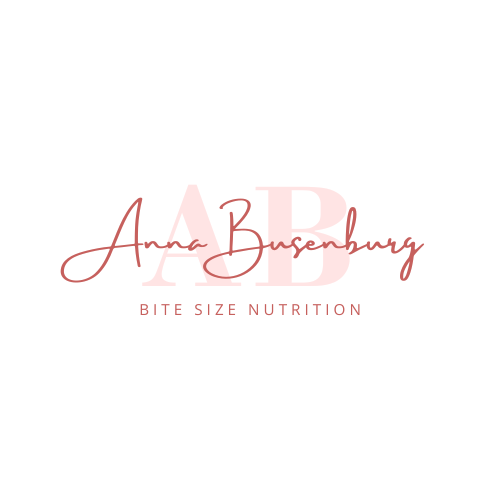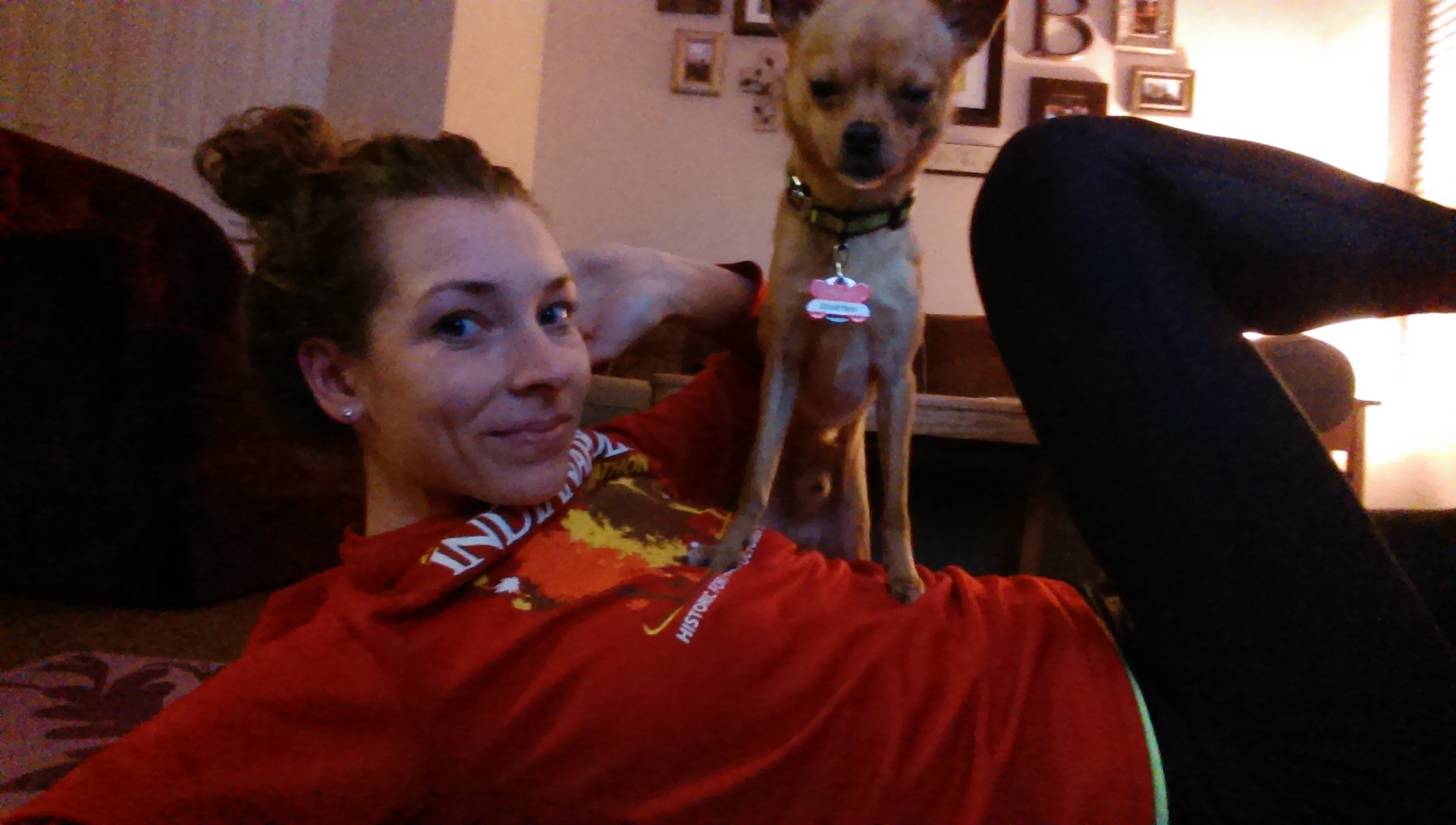I have had the pleasure over the last several years, to do a presentation at Tri-N-Run, in Lafayette, IN. This is a fantastic triathlon store just off from Purdue's campus. I have really appreciated being able to partner with Tri-N-Run and do nutrition presentations for them over the years. I enjoy being able to travel back up the Purdue and talk about something that I love, sports nutrition. If you live up near Lafayette and need any running shoes or triathlon gear, go check out their store!
This past Monday, I had the opportunity to talk about fueling for your next half marathon. As many of you may know the Indianapolis Mini Marathon is coming up in May. It is a HUGE deal in Indianapolis. In fact is the largest half marathon in the United States of America and the 7th largest running event in America. So if you have signed up to participate in this amazing race, you might be wondering about what you should eat to prepare for this event. Your nutrition, during training, the night be before, during the race and afterwards has a huge impact in your performance.
Obviously there is a lot of talk about when it comes to fueling for your race. If you want more in depth information, feel free to contact me and I would be happy to meet with you personally. I am going to share a few commonly asked questions that I get from people when they are thinking about fueling for an endurance event.
What should I eat during the race?
- This is a common question and to answer it appropriately you need to go all the way back to metabolism. I know, stick with me. Your body utilizes the carbohydrates that you eat, changes it into glycogen, which is then stored in your muscles and liver. The goal during an endurance activity is to keep your body fueled enough to not dip into your liver and all your muscle storage of glycogen. If you use all the muscle glycogen you will dip into fat stores and you will start to feel like you have "hit a wall." Using a gel or another carbohydrate containing product will keep your body using that form of carbohydrate for energy and more gradually using your stored glycogen.
- There are lots of different types of gels and chews, the key is to find one that you enjoy and you can tolerate well. You want to practice with these products, because you might find that you tolerate certain ones better than other. I do well with a product called Huma Gels. This gel is made from chia seeds and doesn't contain maltodextrin (a common carbohydrate that can cause GI distress). I love the flavors and the texture (it is like applesauce).
- It is recommend that you consume these gels or chews every 45 minutes during your endurance activity. So that equates to 1 gel every 45 minutes you are running your race. Practice with this while training and see if you can tolerate that schedule.
Do I need to carbo load prior to the race?
- This is a common train of thought ... you need lots of carbohydrates the night before to fuel your race the next day. That is now an "old school" philosophy and not still recommended. What you eat 2-3 days prior to the race has a bigger impact on your body than what you eat the next before. If you want to eat pasta then do that 2-3 days prior to the race, not necessarily the night before.
- Make sure you stick with familiar foods 3 days prior to the race. Don't be adventurous and try new things. Stick with foods that you know you digest well and that you can handle prior to your race.
- Some people find that they have to limit the amount of fiber they had prior to the race. I personally do better with a large salad with protein the night before the race. I do normally eat a fair amount of fiber and I can tolerate that prior to a race. (It is about to get graphic .... you have been warned. If you don't want to read about bowel movements, skip to the next bullet point). It helps to facilitate GI movement and a a nice bowel movement the morning of the race.
- Make sure that you eat something the morning of the race as well. Whatever you tolerate best. I prefer cereal, milk and a banana. Some people like bagels with an energy drink. I know that I have to avoid anything with too much fat - like breakfast meats and eggs.
My most recent race, back in February in Zionsville, IN - The Groundhog 7 Miler
Hopefully these have been some helpful recommendations as you gear up for your half marathon race. If you are racing in the Indianapolis Mini Marathon ... good luck and enjoy the training. You will do awesome! Remember to practice with your nutrition and find something that works well for you!





























